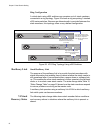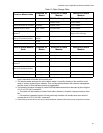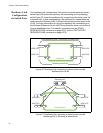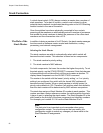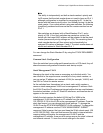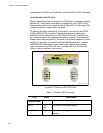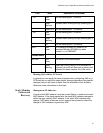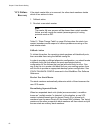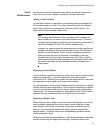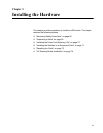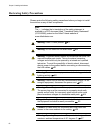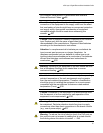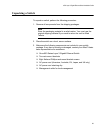
Chapter 2: Virtual Chassis Stacking
62
VCS Failure
Recovery
If the stack master fails or is removed, the other stack members decide
which of two actions to take:
1. Fallback action.
2. Re-elect a new stack master.
Note
The master fail-over process will be slower than a stack member
failure, and will require the restart (reconvergence) of routing
protocols such as RIP.
Table 10, “State Change Table” on page 55 shows how the stack (non-
master) members would respond to various problems occurring on the
stack master stack.
Fallback Action
To initiate this action, the remaining stack members will disable all ports,
then re-enable them using the fallback config file.
In order to provide an efficient alternative configuration, you should create
a fallback config file that reflects the most appropriate working
configuration for the failures that you feel are most likely to occur. One
way to do this is to create a fall back file from your working system, then
edit this file to provide an appropriate backup system configuration. See
STACK FALLBACK-CONFIG command in the AlliedWare Plus Software
Reference.
Re-elect New Stack Master
The stack members automatically determine which of them becomes the
new VCS master.
Recombining Separated Stacks
When two separated stack units (stubs) are reconnected, a condition
known as “multiple master” is detected. In this situation, a new VCS
master is elected based upon the lowest Priority ID or (where both
members have the same Priority ID) the lowest MAC address. The 'losing'
master and the other prospective stack members will then reboot and join
the new stack as ordinary stack members.



